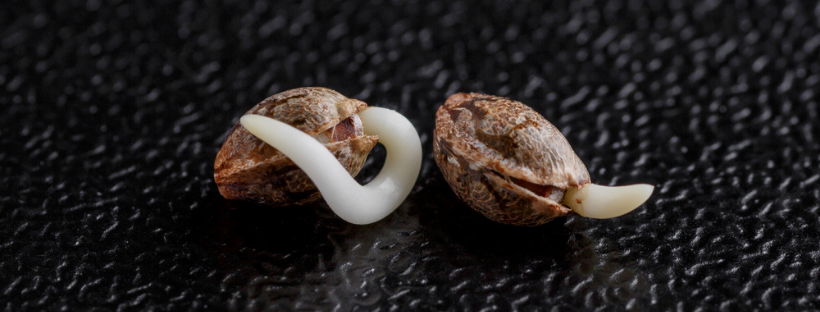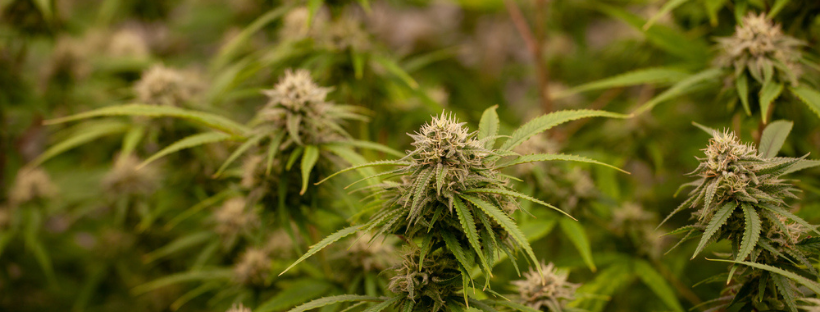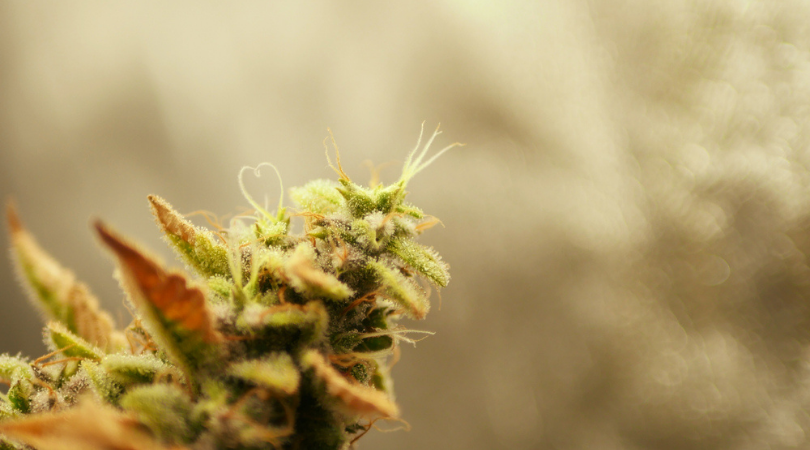Cannabis
Breeding: How Are New Cannabis Strains Created?
Whether you are an aspiring cannabis breeder, want to learn more about where your favorite strains come from, or are just curious, it can be interesting to learn how new cannabis strains are created.
The Basics of Cannabis Breeding
At the most basic level, cannabis breeders pair female and male plants with each other. As a consumer of cannabis, you primarily care about female plants, as those produce the buds. However, breeders need male plants to pollinate the female plants during the breeding process.
Essentially, cannabis breeders get a male plant of one strain to pollinate a female plant of another strain. Then, the seeds that the female plant produces will have the genes of both strains. The breeder carefully harvests and grows those seeds.
Cannabis Breeding in More Detail
The actual process of breeding cannabis typically involves one male plant and several female plants. A single male can easily successfully pollinate 20 females. Breeders place all of these plants inside an enclosed space so the male’s pollen doesn’t escape. That also stops foreign pollen from pollinating the females.
After putting all the plants in the breeding area, you transition the plants to their flowering stage. They should get about 12 hours of each light and dark per day. Within a few weeks, the male will develop pollen sacs. Then, the pollen will release and pollinate the females. Some breeders speed up this process by collecting and applying the pollen manually.
From there, breeders wait until the female plants develop seeds and buds. The breeder will harvest the seeds, then dry them so they can finish maturing. Then, they can grow the seeds.
Each Seed Has a Different Phenotype
While all of the resulting seeds come from the same male and female strains, they have different phenotypes. This refers to the fact that each seed will create a plant with slightly different traits.
Phenotypes are either homozygous (very similar) or heterozygous (with a lot of variety). To become a new strain, they have to be homozygous. That is the only way to ensure all the resulting plants have the same traits.
So, breeders will choose their favorite phenotype based on their goals. This is called the pheno hunt.
The following are some of the factors that breeders will consider when choosing a phenotype to develop into a new strain. All of the following focus on the plant overall:
- Adaptability
- Calyx-to-leaf ratio
- Hardiness
- Leaf shape
- Maturity
- Morphology
- Potency
- Productivity
- Size
- Vigor
On top of those overall traits, breeders will also consider a long list of characteristics of the flowers. After all, most people find the flowers the most interesting part of the cannabis plant. Flower-related characteristics to consider include:
- Cannabinoid content
- Calyx size
- Color
- Flavor
- Aroma
- Durability of cannabinoids
- Durability of aroma
- Resin persistence
- Resin quality and quantity
- Shape
- Drying time
- Curing time

Backcrossing Creates Homozygous Seeds
To help make sure the seeds are homozygous, breeders will backcross. This involves breeding the new strain with a parent plant or with itself. It’s the standard method of improving genetics and the traits the breeder wants.
How to Confirm the Stability of Genetics
Before declaring that there is a new strain, breeders have to stabilize the phenotype’s genetics and make them homozygous. The best way to confirm that this is the case is to compare the results of growing the plants. The breeder needs to be able to choose one of the seeds, grow it, and have the plant come out with the traits they expect.
Understanding Labels: F1, F2, and BX
Throughout the breeding process, breeders will refer to the resulting hybrids with various abbreviations.
F1
The term F1 hybrid stands for filial 1, and this is the first generation of offspring of the parent strains. So, they are the initial results of crossing the male and female parent strains.
F2
F2 hybrids are the second-generation hybrids. To produce them, you breed two F1 hybrids.
F3
You may also come across an F3, which would be the third generation that results from breeding F2s and/or F1s.
BX
BX stands for backcross. This is used when you cross the F1 or F2 with a parent strain.
Elements for Success in Breeding
Cannabis breeders know that certain factors will dramatically improve their chances of successfully creating a new strain that meets their goals.
Choosing the Right Genetics to Start
The planning and selection process of breeding requires care. Cannabis breeding uses Mendelian genetics, meaning breeders analyze the genetic patterns that the strains express in the phenotype across generations.
Controlling the Pollination
As mentioned earlier, breeders will put the male and female plants in an enclosed space of some sort. This ensures that only the pollen from the chosen male pollinates the female.
Large Sample Sizes
Many breeders try to create large sample sizes. This gives them a wider range of phenotypes to choose from.
For breeders who don’t have enough space to fully grow large samples, they will reduce the selection during the earlier stages. This is possible because vigor and a few other traits become obvious early on.

Another Type of Breeding: Clones
In some cases, you might come across a clone-only strain, or a plant made by cloning. This is a slightly different process from the one described above. Clones are made if you don’t have a seed that you can use. They will always be female, so you can’t breed them to stabilize them. Instead, you have to clone them.
This process is as simple as taking a cutting from the mother cannabis plant.
Conclusion
Cannabis breeders choose two strains that they want to combine the traits of. They take a male of one strain and several females of another and put them in an enclosed space to pollinate. After the females produce seeds, they choose the phenotype they like best and either breed it with other plants of the same phenotype or backcross it to strengthen it. Eventually, they have a stable cannabis strain that always produces the same traits.


